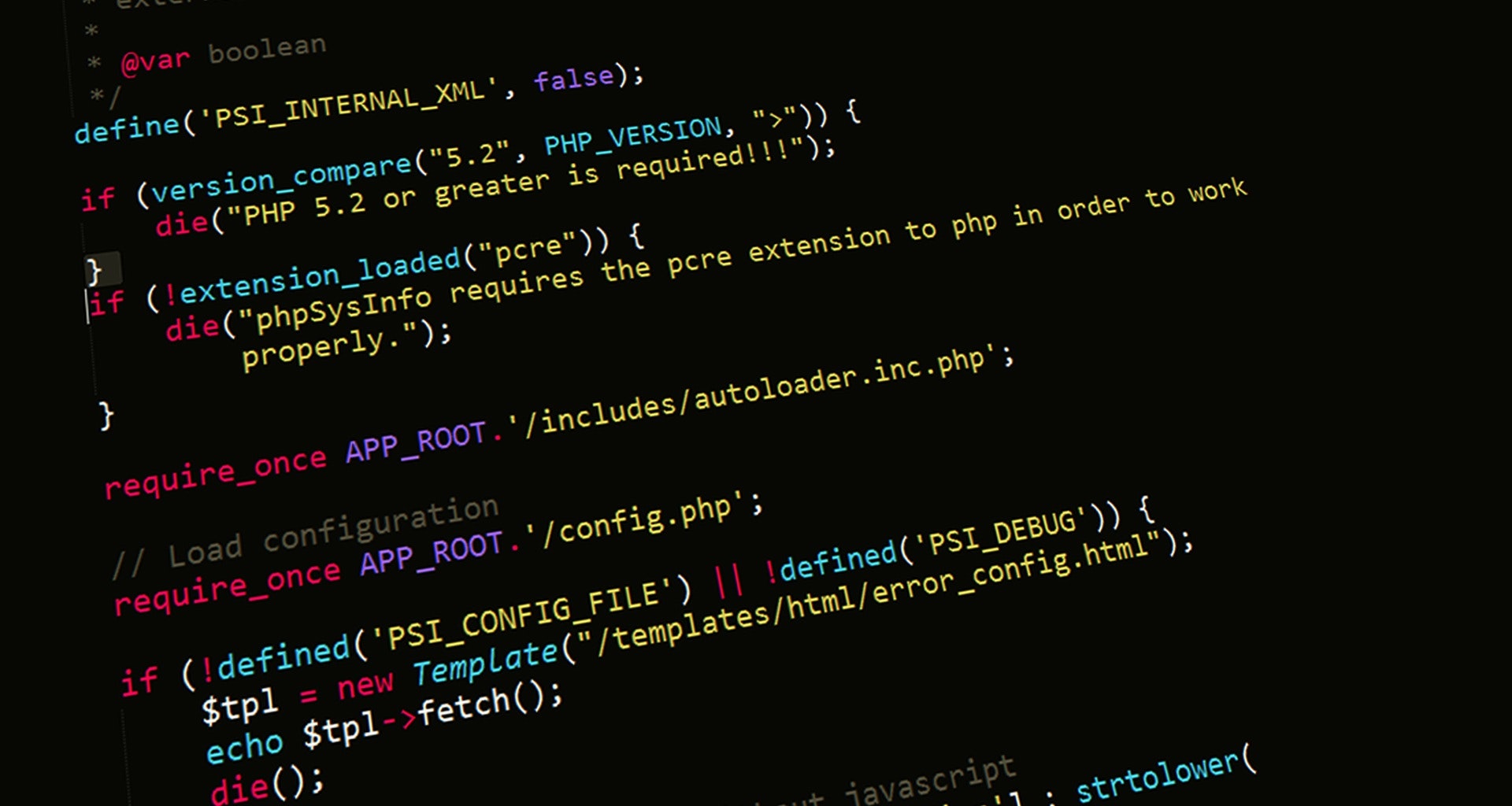Creating an AI model or solution involves a structured process that starts with identifying a problem statement and ends with delivering a product that can be used by customers. This journey can be broken down into several key steps:
1. Problem Identification and Definition
- Understand the Problem: The first step is to clearly understand the problem you want to solve. This involves identifying the business need or the issue at hand. For example, you might want to predict customer churn, automate customer service, or recommend products.
- Define the Problem Statement: Once you understand the problem, you need to frame it as a clear and precise problem statement. This includes defining the objectives, scope, and expected outcomes. For instance, “Predict customer churn with 80% accuracy within 3 months of using the service.”
2. Data Collection and Preparation
- Data Acquisition: Identify and gather relevant data that will be used to train your AI model. Data can come from various sources like databases, APIs, IoT devices, or even manual collection. The quality and quantity of data are crucial for building a robust model.
- Data Cleaning: Raw data often contains noise, missing values, duplicates, or outliers that need to be addressed. Data cleaning involves processes like handling missing values, removing duplicates, and correcting inconsistencies.
- Data Transformation: Transform the data into a format suitable for analysis. This may include normalization, scaling, encoding categorical variables, and feature engineering to extract or create new features that might improve model performance.
- Data Splitting: Divide the data into training, validation, and test sets. The training set is used to train the model, the validation set is used for hyperparameter tuning and model selection, and the test set is used to evaluate the model’s performance.
3. Exploratory Data Analysis (EDA)
- Understand the Data: Perform exploratory data analysis to understand the patterns, trends, correlations, and distributions within the data. EDA helps in identifying potential issues and opportunities for feature engineering.
- Visualization: Use various data visualization techniques to explore relationships between variables, identify trends, and detect anomalies.
- Feature Selection: Based on EDA, decide which features should be included in the model. Some features may be irrelevant or redundant, and removing them can improve model performance.
4. Model Selection
- Choose the Right Algorithm: Depending on the problem (e.g., classification, regression, clustering, etc.), select an appropriate machine learning algorithm. Common algorithms include decision trees, support vector machines, neural networks, etc.
- Model Architecture (for Deep Learning): If you are working with deep learning, you need to design the model architecture, which includes the type and number of layers, neurons per layer, activation functions, etc.
5. Model Training
- Training the Model: Train the selected model using the training dataset. This involves feeding the data into the algorithm and allowing it to learn patterns from the data.
- Hyperparameter Tuning: Fine-tune the model by adjusting hyperparameters (e.g., learning rate, batch size, number of layers). This is usually done using the validation dataset.
- Cross-Validation: Use cross-validation techniques to ensure that the model generalizes well to unseen data.
6. Model Evaluation
- Evaluate Performance: Evaluate the model’s performance using the test dataset. Common metrics include accuracy, precision, recall, F1-score, AUC-ROC for classification problems, and RMSE or MAE for regression problems.
- Error Analysis: Analyze errors to understand where the model is performing well and where it is lacking. This may lead to further tuning, more feature engineering, or even the selection of a different model.
7. Model Deployment
- Deployment Environment: Decide where and how the model will be deployed. This could be on a cloud platform, on-premises servers, or edge devices, depending on the use case.
- Integration with Existing Systems: Integrate the model with existing systems, which might involve building APIs, setting up pipelines, and ensuring the model can interact with other software components.
- Model Monitoring: Set up monitoring to track the performance of the model in a production environment. Monitoring involves checking for drift in data distributions, ensuring predictions are within acceptable ranges, and detecting any performance degradation over time.
8. Product Development
- User Interface (UI) Design: Design a user interface that allows customers to interact with the AI model easily. The UI should be intuitive, user-friendly, and aligned with the problem you are solving.
- Back-End Development: Develop the back-end infrastructure to handle requests, manage data flow, and ensure the scalability and reliability of the application.
- Front-End Development: Build the front-end of the application where users will interact with the AI solution. This includes web or mobile app development, ensuring a seamless user experience.
9. Testing and Validation
- System Testing: Conduct end-to-end testing of the entire system, including the AI model, to ensure everything works as expected.
- User Acceptance Testing (UAT): Engage with end users to test the product in real-world scenarios and gather feedback for improvements.
10. Launch and Maintenance
- Launch the Product: Once the testing is successful, launch the product to the target audience. Ensure that all marketing, sales, and support processes are in place for a successful launch.
- Monitor and Update: Continuously monitor the product’s performance, gather user feedback, and update the model or application as needed. Regularly retrain the model with new data to maintain its effectiveness.
- Scaling: As the user base grows, ensure that the product can scale efficiently, both in terms of technical infrastructure and model performance.
11. Ethical Considerations and Compliance
- Bias and Fairness: Ensure that the AI model is fair and unbiased, and doesn’t discriminate against any group. Perform bias detection and mitigation as part of the model evaluation process.
- Data Privacy and Security: Ensure that the data used and generated by the model complies with all relevant data protection regulations (e.g., GDPR, CCPA). Implement robust data security measures to protect user information.
- Transparency and Explainability: Ensure that the AI model’s decision-making process is transparent and explainable, especially if the model is used in sensitive or regulated industries.
12. Customer Support and Documentation
- Documentation: Provide comprehensive documentation for users, including how the AI model works, how to use the product, and troubleshooting guides.
- Support: Offer customer support to help users with any issues they encounter while using the product. This might include setting up help desks, chatbots, or knowledge bases.
Let’s delve deeper into additional aspects and considerations involved in the end-to-end process of creating an AI solution, focusing on areas that were not covered in depth previously.
1. Initial Feasibility Study
- Technical Feasibility: Before diving into data collection or model building, assess the technical feasibility of the AI project. This includes evaluating whether the necessary data is available or can be acquired, whether the problem can be realistically solved with AI, and whether the required technology stack is accessible.
- Business Feasibility: Analyze the potential ROI (Return on Investment) of the AI project. Consider the costs of development, deployment, and maintenance versus the expected business benefits. This step might involve developing a business case or conducting a cost-benefit analysis.
2. Stakeholder Engagement
- Identifying Stakeholders: Identify all key stakeholders who will be impacted by or have an interest in the AI solution. These could include business leaders, end-users, data scientists, engineers, and even customers.
- Requirement Gathering: Engage with stakeholders to gather detailed requirements. Understand not only the business needs but also the constraints, regulatory requirements, and success criteria.
- Stakeholder Communication: Maintain regular communication with stakeholders throughout the project to ensure alignment, manage expectations, and incorporate feedback.
3. Data Strategy Development
- Data Governance: Establish a data governance framework that defines how data will be managed, accessed, and secured throughout its lifecycle. This includes setting up policies for data ownership, data stewardship, and compliance with regulatory standards.
- Data Enrichment: Consider augmenting your dataset with external data sources to improve model performance. This could involve acquiring third-party data, using APIs, or employing data synthesis techniques.
- Data Annotation: For supervised learning models, labeled data is crucial. Develop a strategy for data labeling, which may involve manual annotation, crowdsourcing, or automated labeling techniques.
4. Advanced Feature Engineering
- Feature Interaction and Transformation: Explore complex feature interactions and create new features that capture these relationships. Techniques like polynomial feature generation, interaction terms, and domain-specific transformations can significantly boost model performance.
- Dimensionality Reduction: Use techniques such as PCA (Principal Component Analysis), t-SNE, or autoencoders to reduce the dimensionality of the data, which can help in speeding up model training and reducing overfitting.
- Temporal Features: If dealing with time-series data, create time-based features like lag variables, rolling averages, seasonality indicators, etc., which can help the model capture temporal patterns more effectively.
5. Model Experimentation and Validation
- Model Versioning: Implement a model versioning system to track different versions of the model, including changes in architecture, hyperparameters, and training data. This enables better comparison, reproducibility, and rollback if needed.
- Ensemble Methods: Explore ensemble methods like bagging, boosting, and stacking to combine the predictions from multiple models, potentially improving overall performance and robustness.
- Model Interpretability: Incorporate techniques such as LIME, SHAP, or decision tree visualization to make the model’s decisions interpretable. This is especially important in fields like healthcare or finance, where understanding the rationale behind a prediction is crucial.
6. Scalability and Performance Optimization
- Model Optimization: After training, optimize the model for deployment. This could involve techniques like quantization, pruning, or knowledge distillation to reduce the model’s size and improve inference speed.
- Parallelization and Distributed Computing: For large-scale data processing or training, use parallelization techniques or distributed computing frameworks like Apache Spark, TensorFlow Distributed, or PyTorch Distributed. This ensures that the model training process is scalable and efficient.
- Latency and Throughput: Optimize the model to meet the required latency and throughput targets. For real-time applications, minimize the time it takes for the model to make predictions, and ensure the system can handle a high volume of requests simultaneously.
7. Infrastructure and DevOps
- CI/CD Pipeline: Establish a continuous integration/continuous deployment (CI/CD) pipeline for the AI model. This pipeline should automate the process of testing, deploying, and updating the model, ensuring that new models or updates can be rolled out quickly and reliably.
- Cloud vs. On-Premises: Decide whether to deploy the model in the cloud, on-premises, or on edge devices. Cloud deployments offer scalability and ease of management, while on-premises solutions might be necessary for compliance or performance reasons.
- Infrastructure as Code (IaC): Use IaC tools like Terraform, Ansible, or Kubernetes to automate the deployment and management of the infrastructure required for the AI model. This ensures consistency and reduces manual errors.
8. Model Maintenance and Continuous Learning
- Model Retraining: Set up a strategy for continuous learning, where the model is periodically retrained with new data to keep it up-to-date and accurate. This could be automated through pipelines that trigger retraining when performance drops below a certain threshold.
- Model Drift Detection: Implement mechanisms to detect model drift, which occurs when the statistical properties of the input data change over time, leading to decreased model performance. Regular monitoring and retraining are key to addressing drift.
- A/B Testing: Use A/B testing to compare the performance of different models or versions of the model in a live environment. This helps in understanding the real-world impact of changes and selecting the best-performing model.
9. User-Centered Design and Experience
- User Persona Development: Develop detailed user personas to better understand the end-users of the AI solution. This includes their needs, pain points, and how they will interact with the product.
- User Journey Mapping: Map out the user journey to ensure that the AI solution integrates seamlessly into the user’s workflow. This involves identifying touchpoints, potential friction areas, and opportunities to enhance the user experience.
- Accessibility Considerations: Ensure that the AI solution is accessible to all users, including those with disabilities. This may involve following guidelines like WCAG (Web Content Accessibility Guidelines) and incorporating features like screen reader support or alternative text for images.
10. Ethical AI and Responsible AI Development
- Fairness Audits: Regularly conduct fairness audits to check for biases in the model’s predictions across different demographic groups. This helps ensure that the AI model does not perpetuate or exacerbate inequalities.
- Explainability and Accountability: Develop a framework for explainable AI (XAI) that ensures that the decisions made by the AI model can be understood and justified. This is particularly important in high-stakes domains like healthcare, finance, or criminal justice.
- Ethical AI Committees: Form an ethical AI committee or advisory board that oversees the AI development process, ensuring that ethical considerations are embedded in every stage of the project.
11. Regulatory and Compliance Considerations
- Regulatory Landscape: Stay informed about the regulatory landscape surrounding AI in your industry. This includes understanding laws and guidelines related to data privacy, algorithmic accountability, and industry-specific regulations (e.g., FDA approval for AI in healthcare).
- Compliance Audits: Regularly conduct compliance audits to ensure that the AI solution adheres to all relevant regulations. This may involve third-party audits or certifications to demonstrate compliance.
- Data Residency Requirements: Ensure that the data used and generated by the AI model complies with data residency laws, which may require data to be stored and processed within certain geographic boundaries.
12. Customer Education and Adoption
- Educational Resources: Provide educational resources, such as tutorials, webinars, or online courses, to help customers understand how to use the AI solution effectively. This is particularly important for complex or innovative products.
- Onboarding Process: Develop a comprehensive onboarding process that guides new users through the features and functionality of the AI solution, helping them get up to speed quickly.
- Community Building: Foster a community around your AI product where users can share their experiences, ask questions, and provide feedback. This can be facilitated through forums, social media groups, or user conferences.
13. Feedback Loop and Iteration
- User Feedback Collection: Actively collect feedback from users through surveys, interviews, or in-app feedback mechanisms. This feedback should be used to inform future updates and improvements to the AI solution.
- Continuous Improvement: Adopt an agile development approach where the AI solution is continuously improved based on user feedback, performance monitoring, and advances in technology.
- Beta Testing: Release beta versions of the AI solution to a select group of users before the full launch. This allows you to identify and address any issues or bugs in a controlled environment.
14. Security and Risk Management
- Data Security: Implement robust security measures to protect data throughout its lifecycle. This includes encryption at rest and in transit, access controls, and regular security audits.
- Model Security: Protect the AI model from adversarial attacks, where malicious actors attempt to manipulate the model’s predictions. Techniques like adversarial training, input validation, and anomaly detection can help mitigate these risks.
- Risk Management Plan: Develop a comprehensive risk management plan that identifies potential risks related to the AI project and outlines mitigation strategies. This includes technical risks, business risks, and regulatory risks.
15. Cost Management and Optimization
- Cost Estimation: Develop a detailed cost estimation for the AI project, including data acquisition, infrastructure, development, deployment, and maintenance costs. Ensure that these costs are aligned with the expected business value.
- Resource Allocation: Optimize the allocation of resources, such as computational power, storage, and personnel, to ensure that the project stays within budget without compromising on quality.
- Cloud Cost Management: If deploying in the cloud, use cost management tools and practices, such as monitoring usage, choosing the right instance types, and using reserved instances or spot instances to reduce costs.
This end-to-end process from problem identification to building an AI solution ensures that the final product is not only technically sound but also aligned with business objectives, ethical standards, and customer needs.







